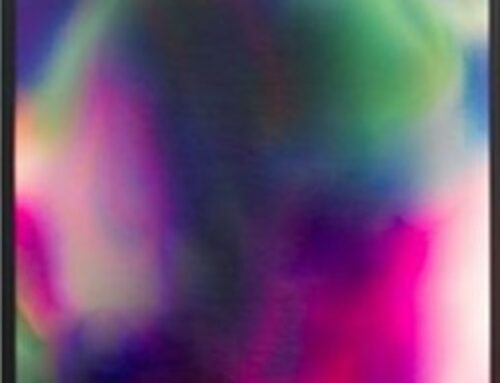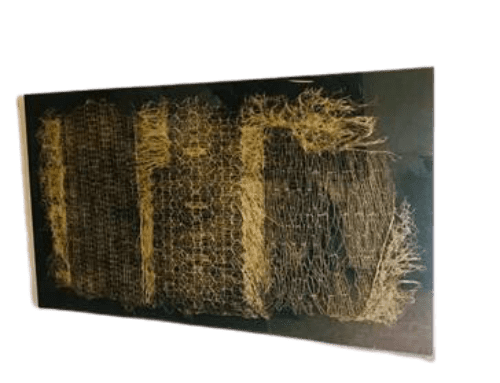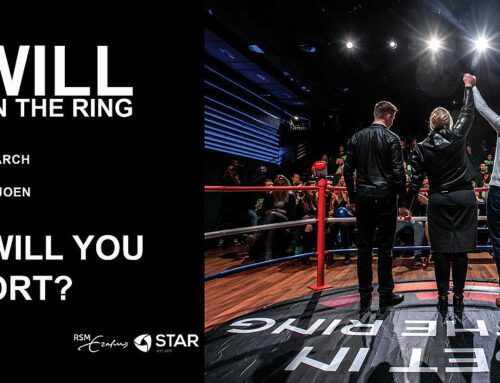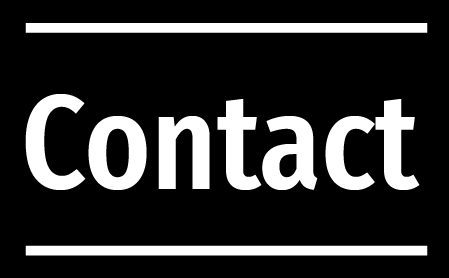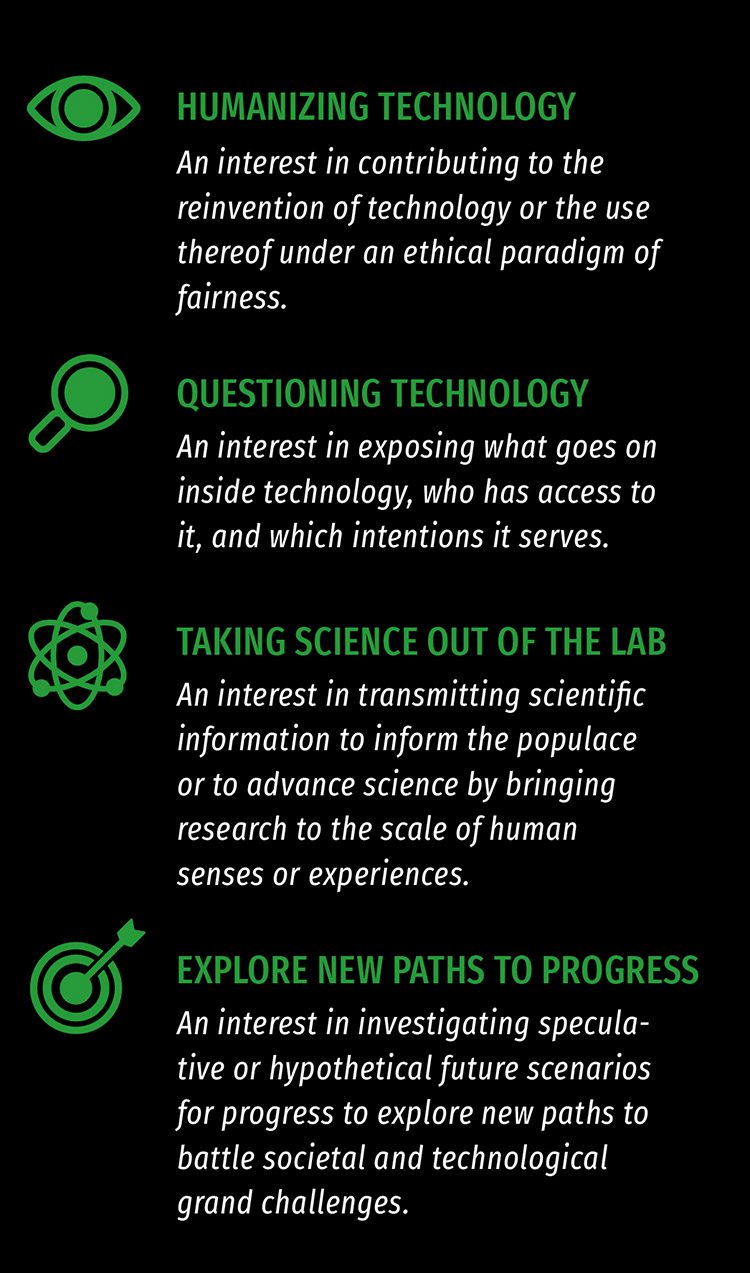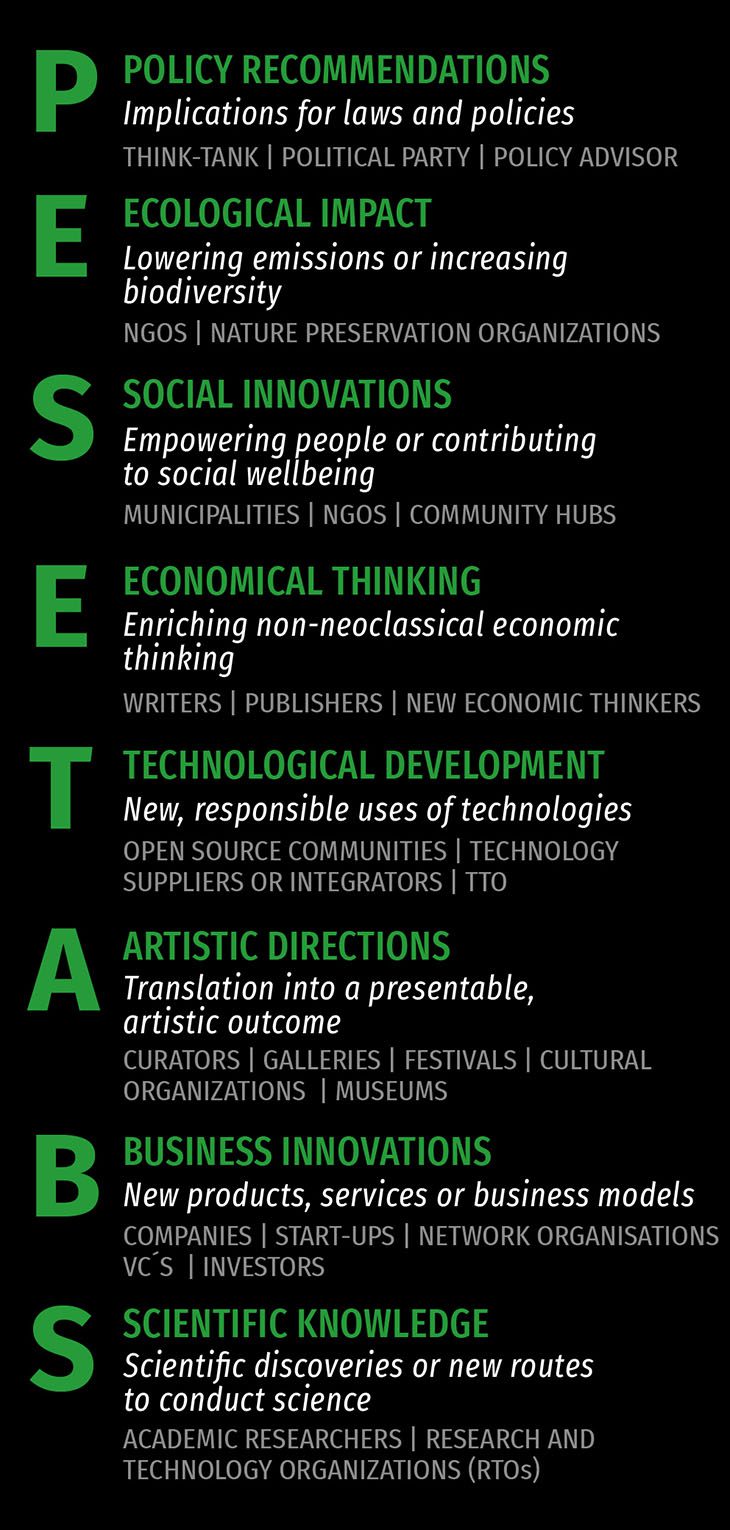When inter- and transdisciplinary collaborations originate, an interesting field in the world of art is explored where boundaries blur between artistic, technological and scientific disciplines. We talk about artists who work with emerging technologies as their creative matter, like digital, media, interactive and data artists*.
Although often the concept and process of developing new ideas and applications for technologies is leading, these artists also face a challenge in our consumption and asset oriented society. How to create something tangible, something collectable? An object that one can own and possess.
We know the trend is towards a sharing economy, and website art in this sense is much more globalized and reachable à artist Rafaël Rozendaal attracts with his web based art more than 60 million visitors per year, which is 7.5x more than the Louvre. However, another trend is ‘digital detox’. People want to experience something in real, not on a screen, so transferring that to art is either events (booming festival trend) or having a work tangible in a (living) room.
Hence, the challenge withholds. How to create a derivative from a digital work in which an essential research exploration is the experimentation with human-machine interactions. The interest is in what you can do with the technology, not necessarily how you do it. In this process, one creates many prototypes and experiments. This is being influenced by physical possibilities and access (technology, lab and tools), financial options (resources) and psychological ability (creativity and the right mindset). It is a journey of trial and error. A process focussing on tests and developing the potential. And sometimes one needs to pivot; make a strategic decision to alter another path of exploration.
“I have not failed. I’ve just found 10,000 ways that won’t work.”
Thomas A. Edison
This process of experimenting, pivoting and learning is central in startup thinking as well. It became popularized in 2011 with the Lean startup from Eric Ries, when he coined the Minimum Viable Product (MVP) as a concept to diminish the experimentation costs and increase feedback through obtaining reaction on the visualization of a proposition. By definition, the urge to keep developing and experimenting is vital for any progress, whether it is self enhancement, reacting on new needs in society or developing propositions for a changing market demand. Now-a-days this viewpoint is widely embraced, and one agrees on the notion that not taking any risk is the biggest risk.
At In4Art we step in as co-producer and coach to stimulate artists in exploring their boundaries. One of them is how can a digital artist come up with physical work. Why we find this interesting? Because of described trends, the power of visualisation, but also to create a solid revenue base for artists and giving them access to the art market.
The first time we prototyped this trajectory was with artist Ruben van de Ven as part of the kickstART II program.
Ruben van de Ven (1989) is a Dutch new media artist/ designer and programmer, challenging alleged objective practices. He is intrigued by the intersection of highly cognitive procedures and ambiguous experiences. Our more and more digitized society is his playground. In his work, he continuously researches the notion of emotion, while stretching and emphasizing the (im)possibilities of recognition software. Reflecting on present day circumstances and future scenarios. One of his works is the ‘Emotion Hero’, an app mimicking the game guitar hero, where you can learn to control your emotions. You are trained to be happy, sad or surprised. The notion behind it, is that businesses are starting to use facial tracking on a large scale and relate flexible pricing base on your emotion. Hence, if you can train it, your ‘poker face’ can deceive the system.
For kickstART II the starting point was reflecting on market dynamics. Ruben choose to investigate the concept of software upgrade. The upgrade mechanism is in control of the manufacturer and can be initiated at any moment of time. At the same time, it is used to offer various packages of the same product. Hence enclosing more or less features, depending on the amount one pays. This first notion resulted in the work ‘MVP #2: Joseph Huot’s Limited Edition (2017), 32,5×50 cm’. He used a paper art work from Joseph Huot and built it into a LED-screen. In this MVP he programmed that only a quadrant of 2cm is on view. When the upgrade is ready, one could also opt to buy a bigger quadrant or have the whole art work on view. Imagine what else you could do with adding this filter to the work? For example with advertisement. If you accept advertisement to appear, you pay a lower subscription fee.
Another work from this series is ‘ MVP #1: Gathering viewing statistics for Donald Schenkel (2017)’. Here Ruben plays with the value of user statistics and what value data insight could have. He manipulated a work from Donald Schenkel with a camera. Reflecting on revenue streams, Ruben initially wanted to experiment with a ‘pay per view’ model. The longer you look, the more you pay. At the same time, the technique gives the artists insight in how ‘popular’ the work is. What influence will that have on the perceived value? However, it is an MVP. The facial tracking should be optimized and the revenue model should be adjusted. The first version was directly sold to a private collection.
The last work in this series is ‘MVP #3: Customiseyour.art – Mikel Folgerts #Rotterdam 1/3 (2018)’. The title already emphasizes the customization preference. People want to make something unique. Tailor made propositions are popular. How can this be transferred to art work, while keeping the artistic value? The work of Mikel Folgerts is a composition of various points in a city, captured through his Instagram lens. For this MVP, Ruben and Mikel collaborated by giving the client the option to give certain spots in the city of Rotterdam that are of meaning for the client. Mikel then took new photo’s and replaced one of the original photo’s with a customized one. This process can be followed at the website http://customiseyour.art/ and there are still some options available.
The MVP in startup reference functions as a roadmap to plan the type and sequence of their offerings and the resources’ allocation. In this process, they should progress from feasible to viable to usable to delight (Redmund et al. 2017). The latter is quite hard to achieve. With an MVP in art it is much easier to achieve the phase of ‘delight’. Since the artwork, is also a work of design and strong visualization, it communicates on a different level. Furthermore, the reflection behind it is of much more important than the theory formation or problem solving aspect.
Another reasoning behind MVP is that it accelerates the speed to market. It enhances rapid iteration, data- driven decision making and supports early customer development. Ruben used this by releasing his works during kickstART II. The works are the first outings and test of his exploration and form as part of his critical making method. By using the MVaP approach, Minimum Viable artistic Prototype, the work is released from the studioout there. Ready to interact with the public and be a conversation starter on topics as data gathering, customization and software upgrades. Giving Ruben new insights and input. If you have reflections you want to share, don’t hesitate to contact him.
However, keep in mind, that above examples are all MVP’s from the first iteration. We are curious to see how they will transform over time and what new insights Ruben will obtain from researching the operation and side effects of revenue models.
*On data artists, an in-depth interesting article was written in het Atlantic in 2015.




